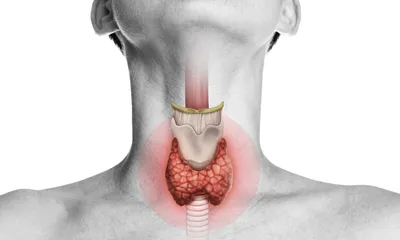Viral Hepatitis
-
Description
-
Signs & Symptoms
-
Anatomy
-
Cause
-
Diagnosis
What is Viral Hepatitis?
Viral hepatitis is a liver disease that occurs when the liver is infected with hepatitis A, hepatitis B, or hepatitis C viruses. Viral hepatitis of any type means it will compromise liver function, and the liver will be increasingly unable to perform critical duties like storing nutrients, bodily waste removal, and removing expended cells from the blood. These types of decreases with necessary bodily functions mean hepatitis can cause worsening overall health, and it is contagious too. Having it spread from one person to another is possible.
What Causes Viral Hepatitis?
Hepatitis A is always going to be the result of a person being exposed to contaminated food or drink, or coming into contact with another person already infected with Hep A. Coming into contact with the bodily fluids of an infected person is how a person will contract Hepatitis B. Hepatitis C is caused by exposure to the HCV virus, which is possible by a number of means. It is for this reason that Hepatitis C is the most likely of all viral hepatitis infections.
Viral Hepatitis Symptoms
Symptoms here will be different based on the type of hepatitis disease, and possible viral hepatitis symptoms include fever, joint pain, diarrhea (Hep A), dark urine, clay-colored stools, appetite loss, nausea, stomach pain, tiredness, vomiting, or jaundice (yellowed eyes or skin). Untreated hepatitis C may result in liver damage or scarring, and liver cancer becomes a possibility too. Doctors will usually make it clear that symptoms for any type of hepatitis are often slow to present themselves, so infected individuals may not be aware of having the disease when it’s still in early stages.
Viral Hepatitis Treatment
Hepatitis A is the one that people recover from most easily, and Hep A treatment will usually require nothing more than rest, better dietary choices, and increased fluid intake. In most instances, the same protocol will apply for Hep B treatment, but medication use is a possibility for chronic hepatitis B.
The most conventional approach to viral hepatitis treatment when a person has Hep C is an 8–12-week course of treatment with antiviral medications like Sovaldi or Epclusa. Prompt treatment for Hepatitis C is a must because of the risk of developing chronic liver disease if it is left unchecked for even a short period of time.
Signs & Symptoms
- Fever
- Joint pain
- Diarrhea (Hep A)
- Dark urine
- Clay-colored stools
- Appetite loss
- Nausea
- Stomach pain
- Tiredness
- Vomiting
- Jaundice (yellowed eyes or skin)
Anatomy
- Liver
- Digestive system
- Blood
Cause
- Contaminated food or drink (Hep A)
- Contact with bodily fluids of an infected person (Hep B)
- Exposure to the HCV virus (Hep C)
Diagnosis
- Blood tests
- Liver function tests
- Ultrasound of the liver
- Liver biopsy



